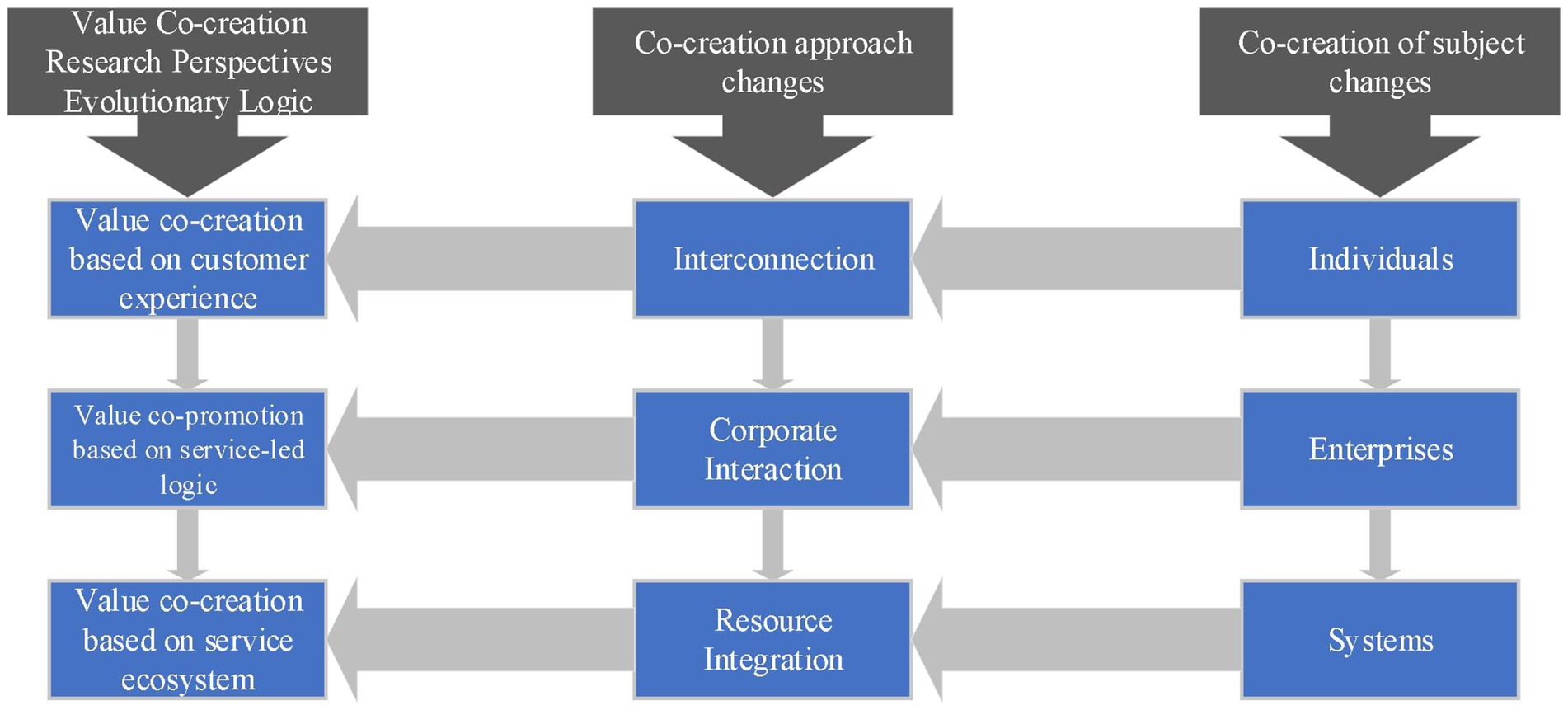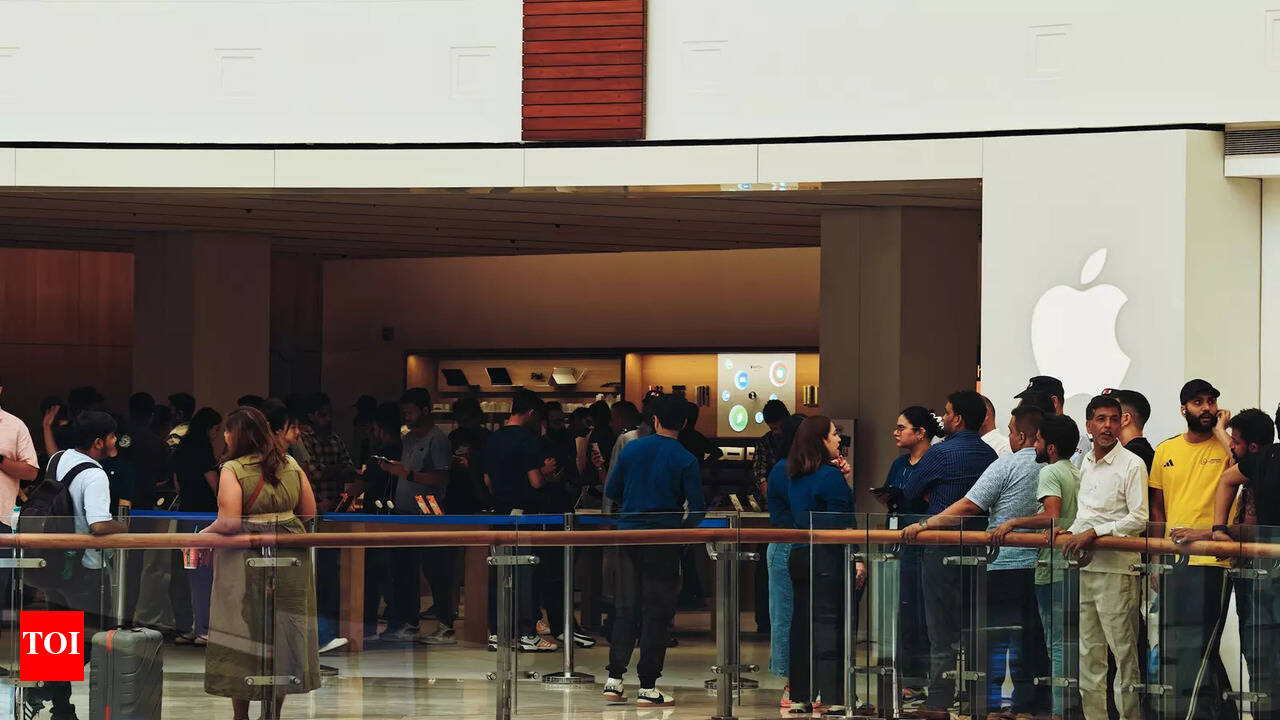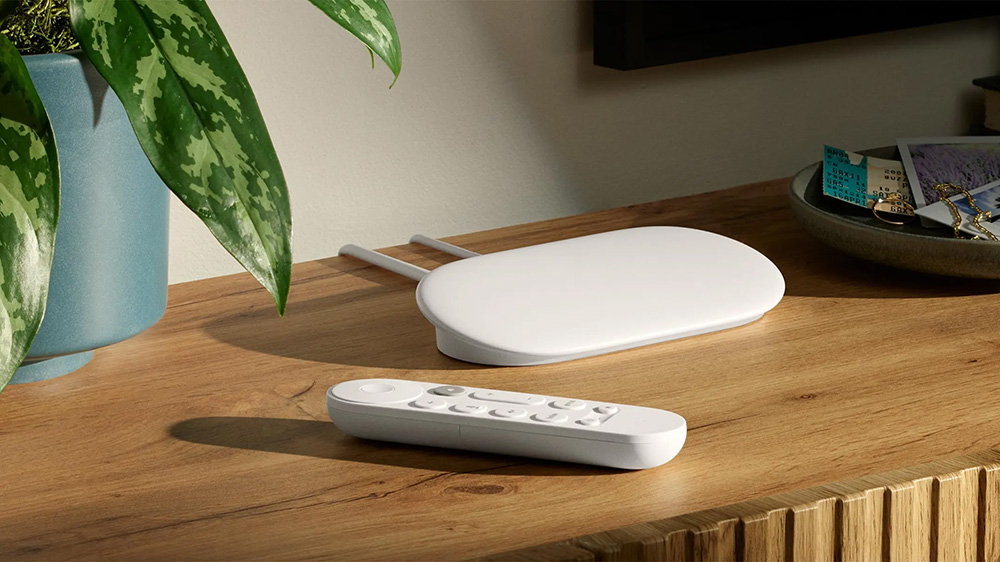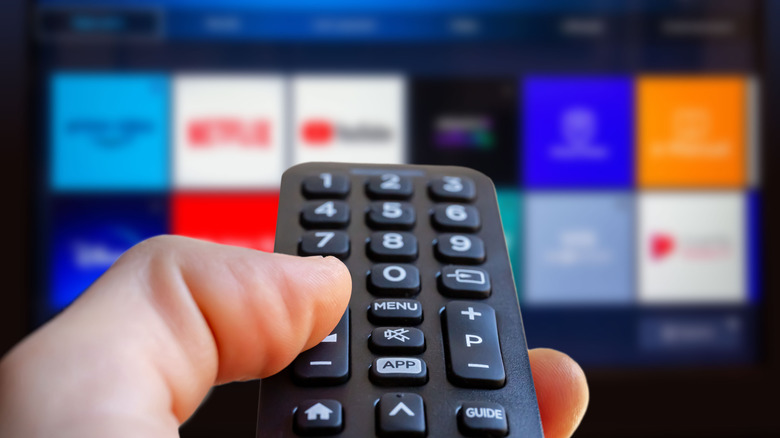Live Streaming of Saturday’s MLS Cup Game to be Broadcast from Four iPhones
**Groundbreaking Application of iPhones in MLS Championship Broadcast**
The forthcoming Major League Soccer (MLS) championship clash between Inter Miami and the Whitecaps is poised to feature a revolutionary integration of technology with the use of footage filmed by four iPhones. This initiative represents a notable advancement in the league’s broadcasting prowess, as it will employ the most extensive camera setup in MLS history, incorporating over 30 cameras to deliver fans an unmatched viewing experience.
Utilizing iPhones for live game footage isn’t a completely novel concept for Apple, as the company has previously utilized its devices during two Friday Night Baseball broadcasts. Nonetheless, the MLS Cup will elevate this idea by presenting a variety of perspectives, including robotic cameras aimed at goals, referee cams, specialized isocams for coaches and players, and even aerial drone coverage. This comprehensive collection of camera angles seeks to enhance the viewer’s engagement and immersion during the event.
Viewers will easily spot the iPhone footage throughout the telecast, as a small “Shot on iPhone” graphic will be displayed on-screen whenever this footage is shown. This branding is in line with Apple’s ongoing marketing strategy that showcases the iPhone’s prowess in capturing high-quality visuals.
Seth Bacon, an executive at MLS, highlighted the importance of this collaboration with Apple, remarking, “The ability for us to integrate this and maintain that same level of integrity and quality in the pictures is really a testament to the partnership we have with Apple.” The collaboration enables MLS to investigate innovative broadcasting methods that enrich the overall viewing experience.
One of the most ambitious applications of the iPhone during the match will be as a high-end zone camera. Bacon pointed out that any shots taken from an elevated position behind the goal will be entirely captured on an iPhone, demonstrating the device’s remarkable filming capabilities.
The match will be accessible for free streaming on Apple TV, allowing fans to savor this unique fusion of sports and technology without any expense. This pioneering approach not only highlights the shifting landscape of sports broadcasting but also emphasizes the potential of smartphone technology in professional athletics.
Read More










